Night Shift (2024)
Game / Level / Narrative Designer
THEME
Horror, psychosis, labyrinths
PITCH
Randall, a night guard, must go out of Odonata School. Why is there flesh everywhere? Is it him, or is this wall just moved? Was this door here before? He must find a way to get out of here, and quickly!
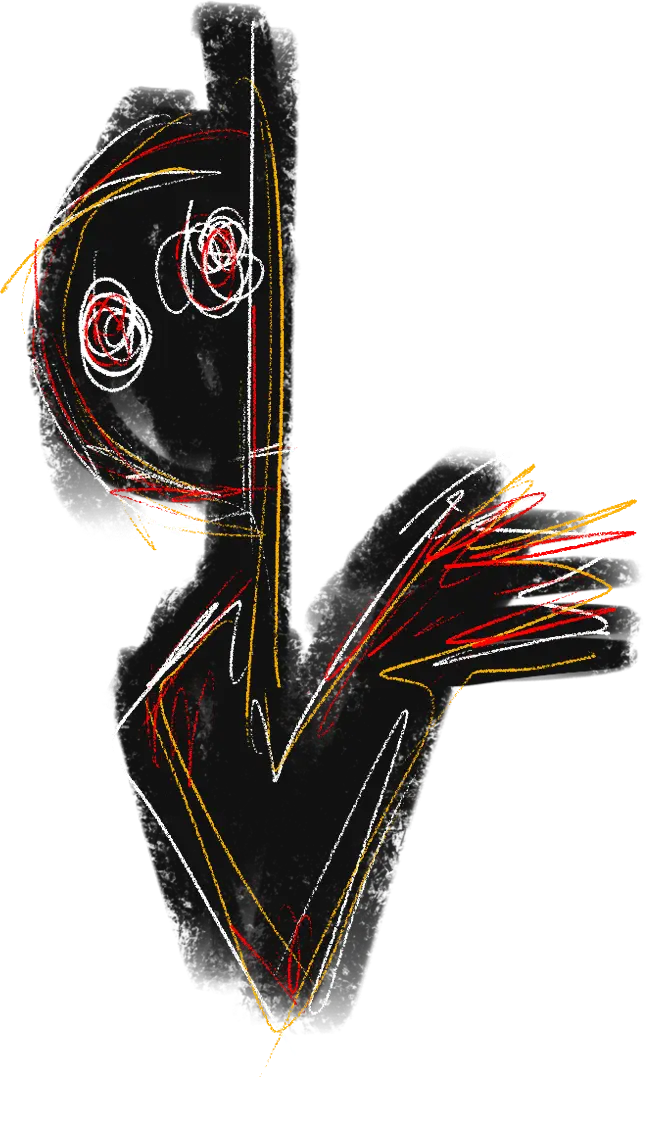
CONTEXT
Night Shift was produced during the end of the second year of Game Design in ESMA.
Following the horror game concepts (see Arrow of Light), some of them were chosen and a team of ten was assigned to realize each of these.
PRODUCTION
During Night Shift, I could work on Game Design, Level Design and narration. Pre-production was already made by another team, but a lot of issues had to be taken care of by ours. It was Night Shift’s biggest challenge: making a concept fun and interesting while developing it in a really short amount of time.
Game Design
Retaking Night Shift’s game design was a huge challenge. A lot of things were to kill, change, sort… but we still managed to find a way to interlock everything together!
In Night Shift, the main mechanic is to switch between two dimensions: the Red one and the White one. When the players switch between the dimensions, the building’s architecture changes. They must resolve the puzzles in a short amount of time and find three artifacts to open the exit door and go away.
Sometimes, during the puzzles, the walls will move and menace the players: if they don’t solve a puzzle before the clock runs out of time, they will get crushed between the walls and die.
These puzzles are based on the switch mechanic and the exploration of the two different dimensions. The players have to switch and explore to solve these puzzles.
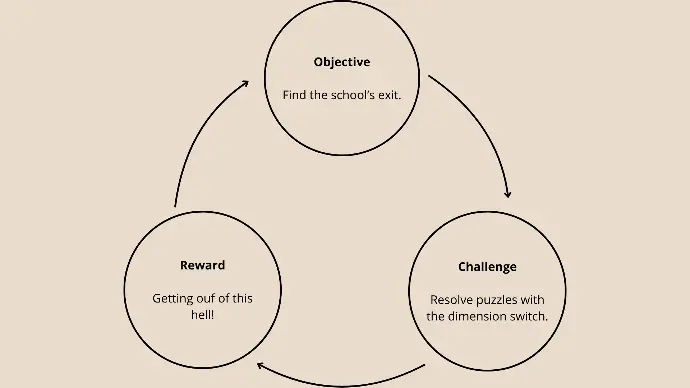

Level Design
In Night Shift, the players will explore a school in two different states based on the Red and White dimensions as said earlier. The White dimension is the “classic” school. The Red dimension is covered in guts and organic matters. Between the two dimensions, the school’s architecture will change, creating many ways and labyrinths in which the players must find where to leave.
These two dimensions mean two designs of the same level communicating and completing themselves. Some doors appear, others disappear, some items can be found only in one of these dimensions… It was a real challenge to create the level.
Moreover, the environment in which the players will progress is organic. Most of the patterns used were organic too to emphasize this feeling of a living organism.
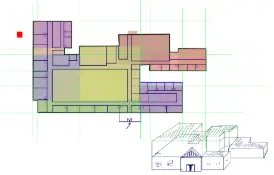
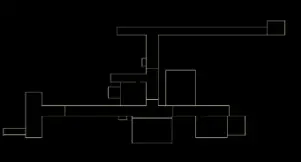
Narration
For Night Shift narration, we wanted to make the line between reality and psychosis as thin as possible. This way, the players would be confused about the true meaning of the school: is it a monster, an entity or is Randall going crazy?
During the game, the school will become more and more dangerous and infested with the flesh heaps, even in the White dimension. The main character’s insanity will reach a plateau during the ending cutscene. There, the players will learn that Randall is still a prisoner even if he thinks he’s almost free.

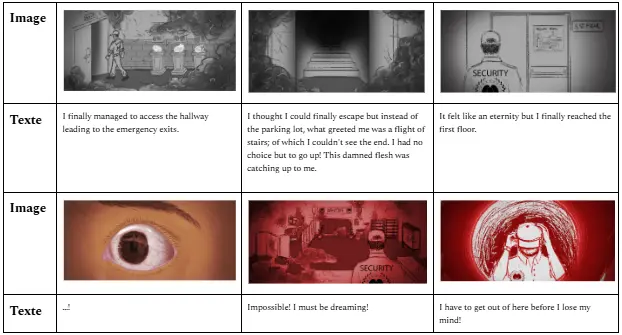
CONCLUSION
Even if Night Shift is far from perfect, mostly because of the lack of clarity and the onboarding way too weak -if not absent-, working on this was a good experience. I was able to learn a lot of things about Level Design, which was really interesting -even if the challenge of creating two different architectures at the same places was a huge challenge that could be built better today. Working on a project not from scratch, but from a pre-producted game was a great Game Design’s exercise: finding the flaws and strengths of a concept and finding ways to improve everything was way more fun than I thought it would be!
TEAM
Malvy DELABAN
Navid AGAHI
Corentin TALIEU
Jean-François FONTAINE
Maïlys RUCORT
Hazel VILLALONGA
Benoît BARDET
Romane GIBILI